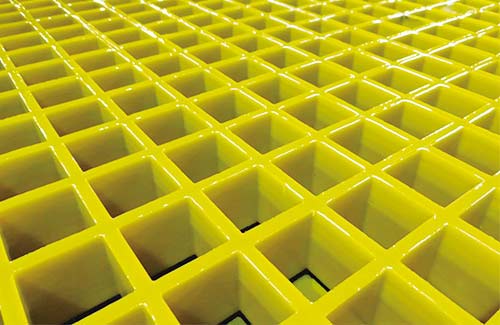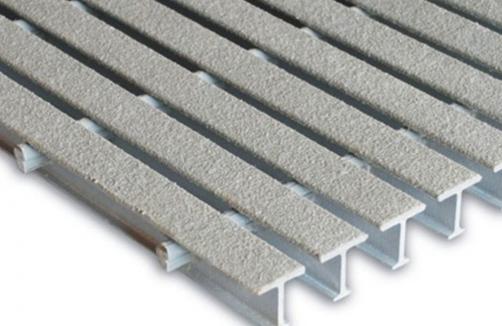High Temperature Resistant FRP Grating: Durable, Safe and Cost-Effective
High Temperature Resistant FRP Grating: Durable, Safe and Cost-Effective What makes high temperature resistant FRP grating the superior choice for demanding industrial environments? The answer lies in its unique combination of durability, safety features, and long-term cost efficiency. As industries continue to seek materials that can withstand extreme conditions while maintaining structural integrity, fiberglass reinforced plastic (FRP) grating has emerged as a leading solution. How does FRP grating maintain its properties in high-temperature settings? Unlike traditional steel or aluminum, FRP grating is manufactured with specialized resin systems that can continuously withstand temperatures ranging from 200°F to 400°F (93°C to 204°C), with some formulations capable of handling even higher temperatures. This thermal stability prevents warping, sagging, or structural degradation that commonly affects metal alternatives. What safety advantages does FRP grating offer in industrial applications? The non-conductive nature of FRP eliminates electrical hazards, while its slip-resistant surface provides excellent traction even when exposed to oils, greases, or other contaminants. Furthermore, FRP grating does not spark when struck, making it ideal for explosive environments where metal grating could pose serious risks. Why is FRP grating considered more cost-effective over time? Although the initial investment may be comparable to some metal alternatives, the long-term

